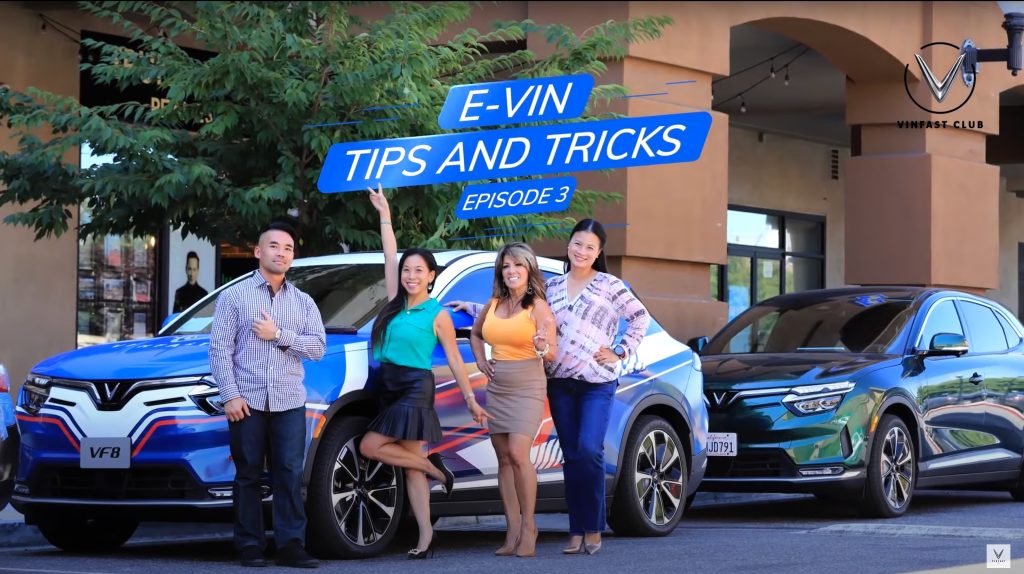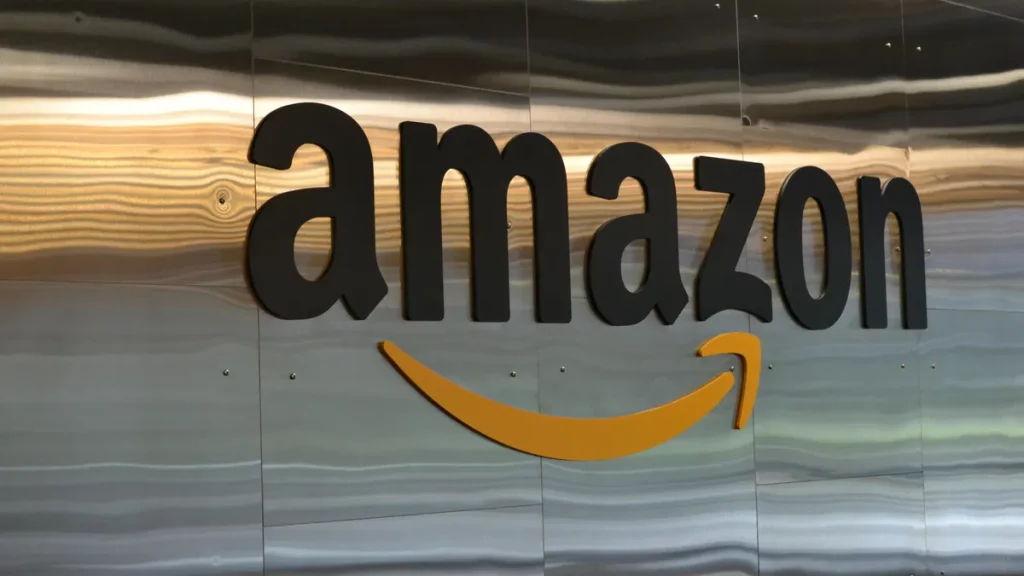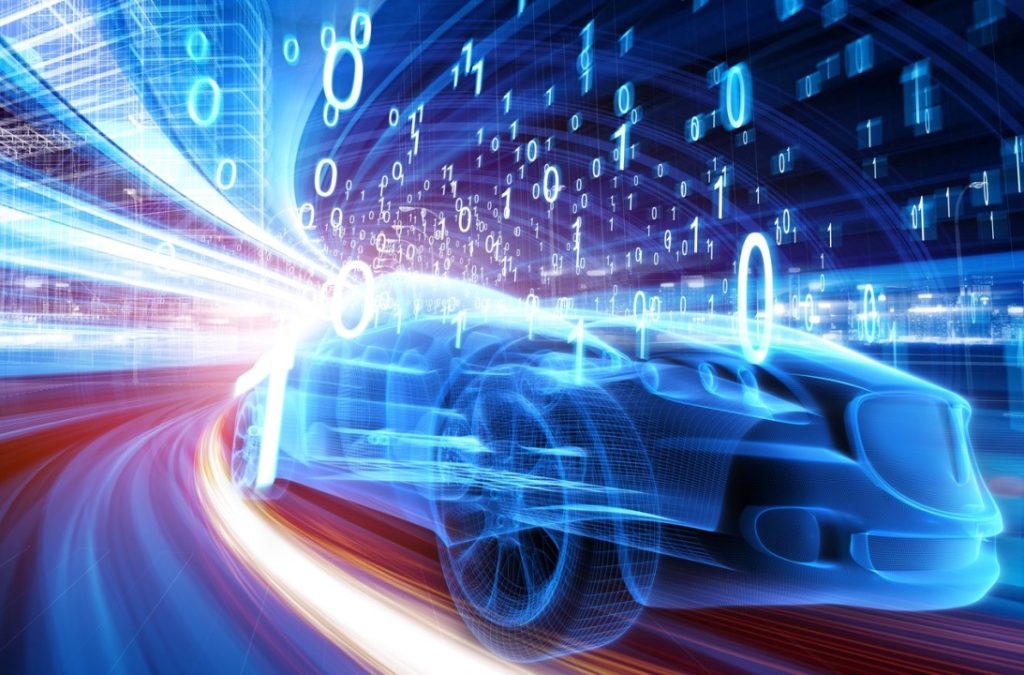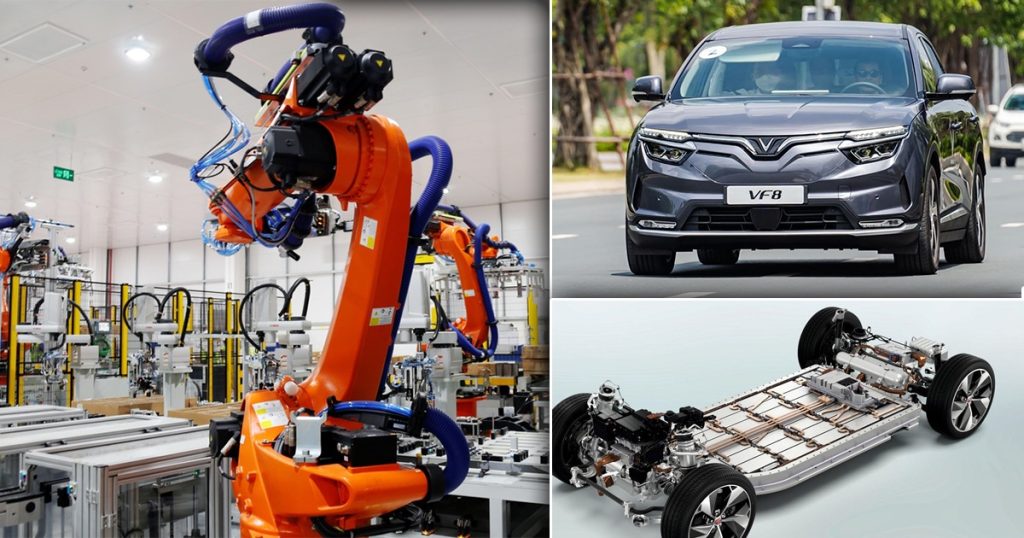E-VIN TIPs & TRICKs Episode 3: Solar Energy and Your VinFast VF 8 — The Perfect Combo!
Great news for all VinFast enthusiasts! Our latest episode of “E-VIN Tips and Tricks is an absolute must-watch. Our charismatic host takes us on an intriguing journey into the EV world alongside three special guests: Athena and Tabatha, proud VinFast VF 8 owners, and Leo, an authority on solar energy. Our host – Ms.Thuy Van, Athena, Tabatha, and Leo engage in an enlightening discussion. Athena: Unveiling the Convenience of Charging Athena, a proud VF 8 owner since June, speak candidly about her charging habits. She appreciates the accessibility of public charging stations but after learning the perks from Leo, is seriously contemplating the integration of solar panels into her home charging setup. Athena reveals her current VF 8 charging methods and shows interest in solar solutions for the future. Tabatha: From Skeptic to Solar Advocate Tabatha, a realtor by profession, narrates her evolution from a solar skeptic to an enthusiast. After encountering challenges with public charging, she opted for a home charging station. Tabatha speaks on her staggering reduction in fuel expenses, which now equate to only a mere 10% of her previous gasoline costs. Tabatha highlights her transformative journey with VF 8 and the financial freedom gained through home…












